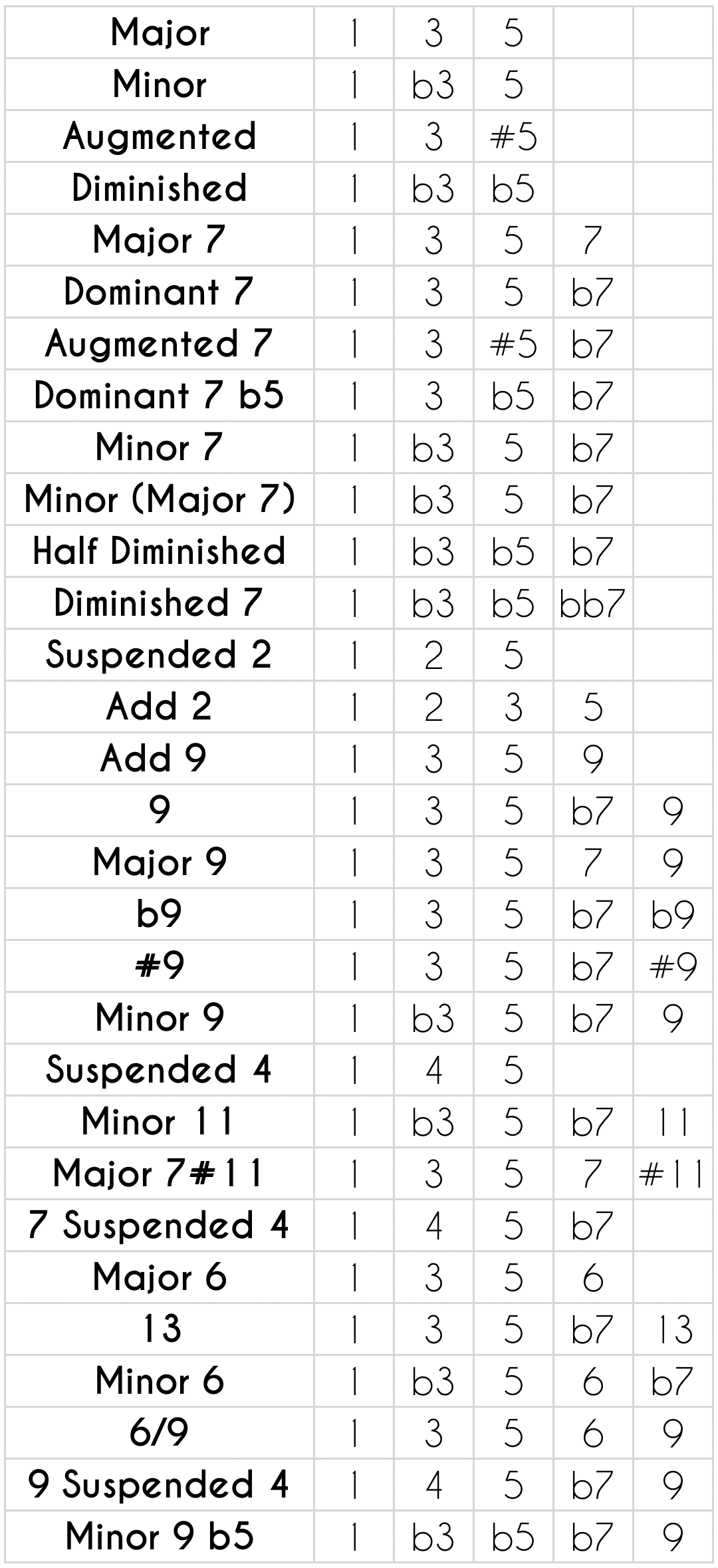

Note that the 3rd note isn’t necessarily a flat, it’s just flat compared to the original note.įor example, a D Major chord has the notes: Alternatively, you could think of it as the 1st, 3rd and 5th notes from the C Natural Minor Scale, but I find it easier to relate everything to the major key (and that’s what I’ll stick to for the rest of this article to streamline things - if you prefer to think the minor way that’s totally fine though).

Which is the 1st, flat 3rd and 5th notes from the C Major scale. To convert a major chord to a minor chord on the guitar, all I have to do is flatten the 3rd note. If you need a bit of help with the notes, check out this guide to learning the guitar fretboard. If I had a 20 string guitar, I could play 18 C’s, one E and one G and I would still be playing a C chord. In total, we’re still only playing the notes C, E and G, which means we’re still just playing a C Major chord, because you can double up as many notes as you want. However, if we look at the notes you’re playing in this C Major chord, you’re playing: That’s true if you play your C chord like this: ‘But wait,’ I hear you say ‘when I play a C Major chord, I’m playing 5 notes!’ Remember it this way: a major chord is made up from the 1st, 3rd and 5th notes of the root major scale. The G is the 5th note from the C Major scale The E is the 3rd note from the C Major scale. The C is the root note, or the first note from the C Major scale. If we take C Major as our example, it is made up of the following three notes from the C Major scale: Am is A minor and so on.īoth types of chords are what we call ‘triads,’ meaning they’re made up of three notes. The most common types of chords we play on the guitar are major or minor chords.Īny time you play a G chord, that’s technically a G major chord. Here is a guide to help you work out chord shapes all over the fretboard if you need some practical help before delving into this topic. They can be played as a strummed chord, but it’s also accurate to describe an arpeggio of three or more notes as a chord too (for example, when we pick through the notes of a chord shape rather than strumming) so they are used by lead players too. Guitar chords, like chords on most other western instruments, are a collection of notes that we use to create music. I promise, it’s nowhere near as complicated as it seems! What is a guitar chord? In fact, after reading through this article, you can even use these descriptive chord names to help yourself learn a song, simplify a song or adjust a chord to suit your preferences. Just because we rely on shapes to learn chords on the guitar doesn’t mean it’s difficult to understand these symbols. Ever wondered why there are two types of open G chord? Or why some chords have crazy names like m7b5#11 (and what all those letters even mean)?


 0 kommentar(er)
0 kommentar(er)
